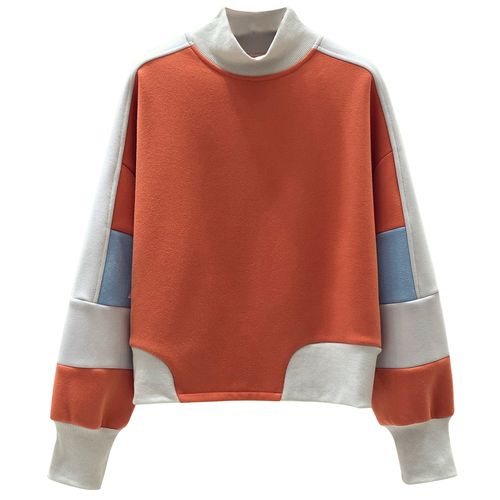The material selection of customized class uniforms is very important, as it is directly related to the comfort, durability and appearance of the class uniforms. The following will elaborate on the common types and characteristics of class uniform fabrics and the selection of suitable fabrics.
1. Cotton fabric: Cotton fabric is the most common material choice for class uniforms. It has the characteristics of good breathability, strong moisture absorption, softness and comfort, is friendly to the skin and can provide a good wearing experience. At the same time, cotton fabrics are easier to clean and maintain, making them a durable choice.
2. Polyester fabric: Polyester fabric is a synthetic fabric that is usually blended with cotton fabrics. It is wrinkle-resistant, wear-resistant, colorful and does not fade. It also has a certain degree of elasticity, making it easier to maintain a smooth appearance. Because it absorbs less moisture and has relatively poor ventilation, you should pay attention to matching it with a lining or adding a breathable design when choosing.
3. Linen fabric: Linen fabric is a natural fiber fabric with good air permeability, strong hygroscopicity, and weak heat absorption. It’s also kinder to the skin. The texture and gloss of linen fabric can add a natural and refreshing feeling to class clothes, and are also suitable for summer wear.
4. Polyester fiber fabric: Polyester fiber fabric is a synthetic fiber fabric that is wear-resistant, wrinkle-resistant, and easy to clean. It has good elasticity, can maintain the shape of the garment, and is not easily deformed. Polyester fabrics also generally have high color fastness and are not easy to fade, making them suitable for class uniforms that need to be washed frequently.
5. Velvet fabric: Velvet fabric is usually used for class uniforms in winter or cold areas. It has the characteristics of warmth, softness and comfort. Common velvet fabrics include wool, cashmere, etc., which can provide good thermal insulation effects and give people a feeling of warmth and comfort.
When selecting suitable class uniform fabrics, in addition to considering the characteristics of the fabric, it should also be combined with the actual needs and scenarios of the class. For example, for summer class uniforms, you can choose cotton or linen fabrics with good breathability, while for winter class uniforms, you can consider using velvet fabrics with better thermal insulation effect. In addition, depending on the activity frequency and usage environment of the class, the ease of cleaning and durability of the fabric can also be considered.
In summary, the material selection of customized class uniforms should comprehensively consider fabric characteristics, seasons and actual needs. Comfort, durability and appearance are the factors that need to be paid attention to when choosing fabrics for class uniforms. Through reasonable selection of fabrics, you can bring a good dressing experience and image display to the class.





